golden currant
Moscow region, west central Russia: Bff, CC BY SA 3.0, via Wikimedia Commons @ https://commons.wikimedia.org/wiki/File:Ribes_aureum20120505_03.jpg
male Rufous Hummingbird (Selasphorus rufus) hovering
Saltspring Island, Strait of Georgia, British Columbia, southwestern Canada: Ryan Bushby(HighInBC), CC BY 2.5, via Wikimedia Commons @ https://en.wikipedia.org/wiki/File:Selasphorus_rufus_on_Saltspring_Island.jpg
Selasphorus rufous map: Cephas, CC BY SA 3.0, via Wikimedia Commons @ https://eu.wikipedia.org/wiki/Fitxategi:Selasphorus_rufus_map.svg
Nevin's barberry (Mahonia nevinii)
Regional Parks Botanic Garden, Berkeley, Alameda County, San Francisco Bay Area, northwestern California: Stan Shebs, CC BY SA 3.0, via Wikimedia Commons @ https://commons.wikimedia.org/wiki/File:Berberis_nevinii_5.jpg
male Anna's Hummingbird (Calypte Anna)
Palo Alto, Santa Clara County, San Francisco Bay Area, northwestern California: Norvig, CC BY SA 3.0, via Wikimedia Commons @ https://commons.wikimedia.org/wiki/File:AnnasHummingbirdPaloAltoNorvig.jpg
Calypte anna map: Cephas, CC BY SA 3.0, via Wikimedia Commons @ https://commons.wikimedia.org/wiki/File:Calypte_anna_map.svg
yellow trumpetbush (Tecoma stans)
Tecoma stans. Yellow bell (N̂g-cheng-hoe; 黃鐘花), in Taiwan: Albert, CC BY SA 3.0, via Wikimedia Commons @ https://commons.wikimedia.org/wiki/File:Tecoma_stans_ng-cheng-hoe_001.jpg
male black-chinned hummingbird (Archilochus alexandri)
Madera Canyon, northwestern Santa Rita Mountains, southeastern Arizona: gailhampshire, CC BY 2.0, via Flickr @ https://www.flickr.com/photos/gails_pictures/9069306312
Archilochus alexandri map: Cephas, CC BY SA 3.0, via Wikimedia Commons @ https://commons.wikimedia.org/wiki/File:Archilochus_alexandri_map.svg
lemon lily (Lilium parryi)
Willow Creek Trail, San Jacinto, Riverside County, southwestern California: Jason Hollinger, CC BY 2.0, via Wikimedia Commons @ https://commons.wikimedia.org/wiki/File:Lilium_parryi_(1).jpg
male Anna's Hummingbird (Calypte anna)
iridescent green and scarlet coloring of Anna's Hummingbird: Brocken Inaglory, CC BY SA 3.0, via Wikimedia Commons @ https://commons.wikimedia.org/wiki/File:Hummingbird_Calypte_anna_in_ggp_15n.jpg
golden current
Ribes aureum, in landscape, and closeup of flowers and foliage (insert): Ivengo(RUS) at Russian Wikipedia, Public Domain, via Wikimedia Commons @ https://commons.wikimedia.org/wiki/File:Ribes_aureum.jpg
Tecoma stans
Tenneti Park, Visakhapatnam, state of Andhra Pradesh, coastal southeastern India: N. Aditya Madhav (Adityamadhav83), CC BY SA 3.0, via Wikimedia Commons @ https://commons.wikimedia.org/wiki/File:(Tecoma_stans)_yellow_bell_flowers_at_Tenneti_Park_02.JPG
Nevin's barberry
Regional Parks Botanic Garden, Berkeley, Alameda County, San Francisco Bay Area, northwestern California: Stan Shebs, CC BY SA 3.0, via Wikimedia Commons @ https://commons.wikimedia.org/wiki/File:Berberis_nevinii_1.jpg
lemon lily
San Gorgonio Wilderness, southwestern San Bernardino County, southeastern California: Mitch Barrie (simonov), CC BY SA 2.0, via Flickr @ https://www.flickr.com/photos/simonov/3736973632/


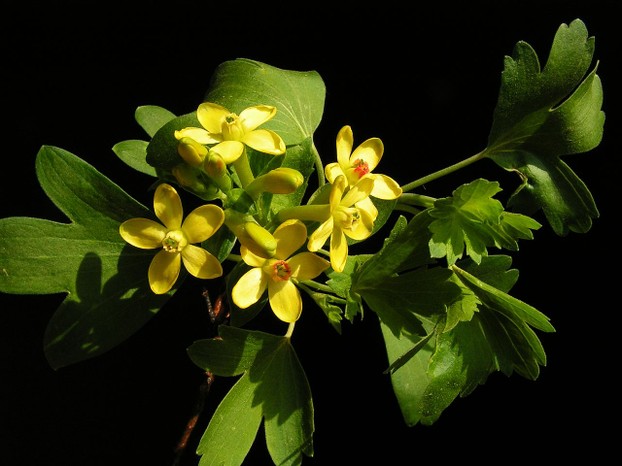
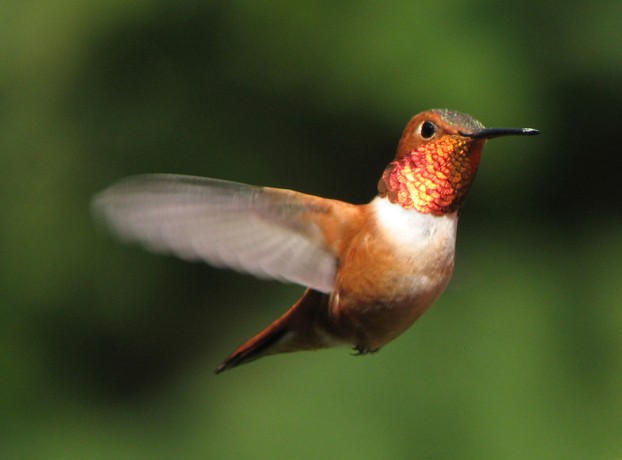
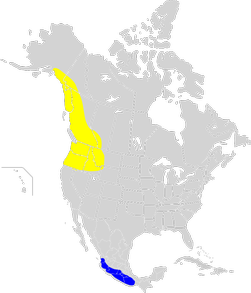
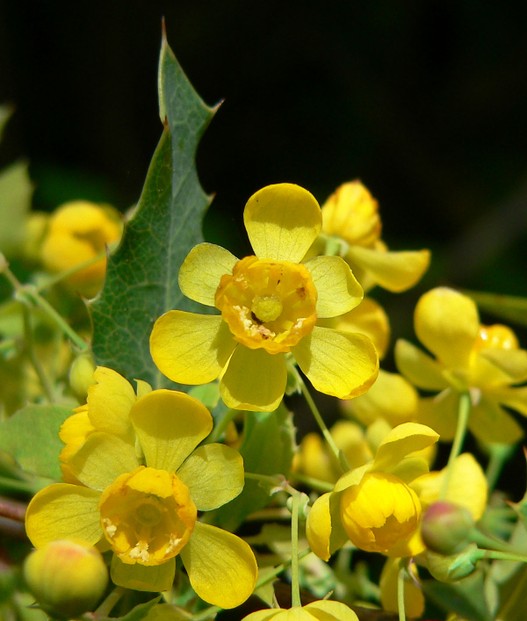
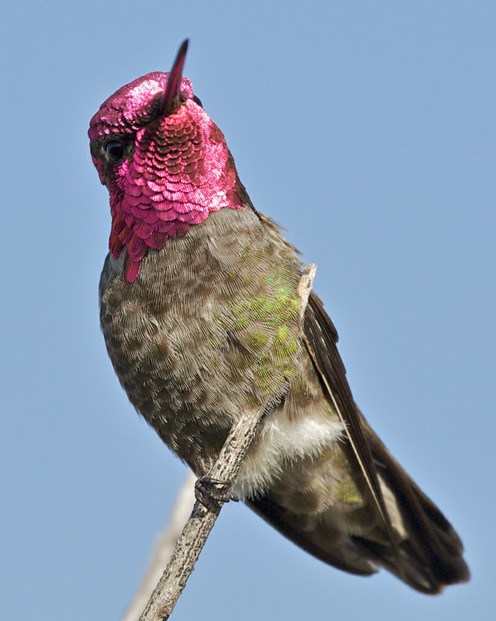
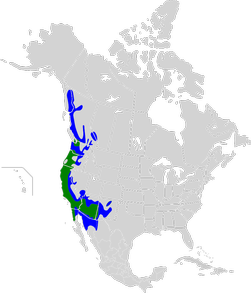
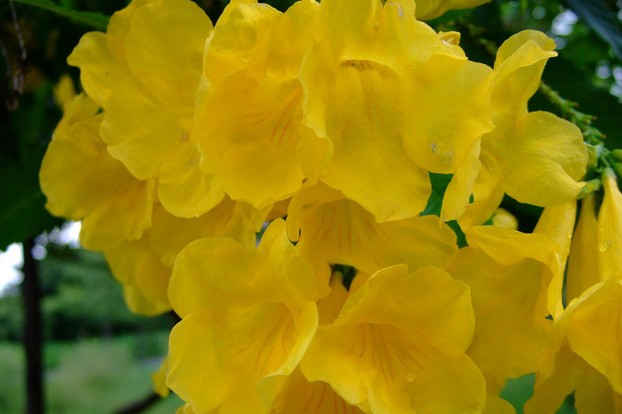
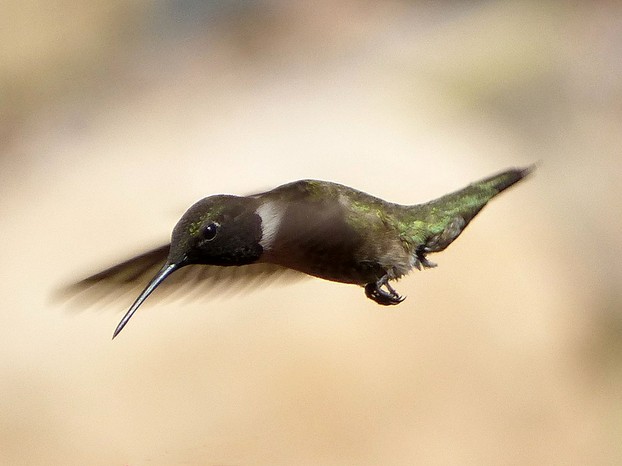
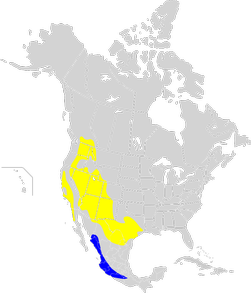
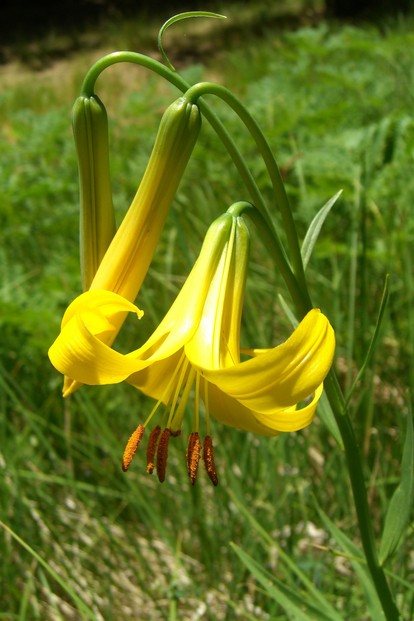
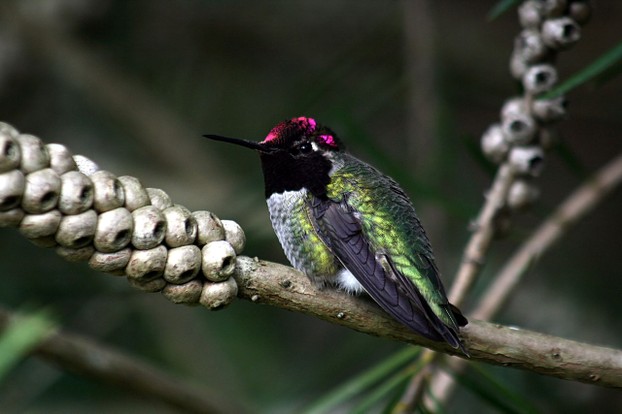
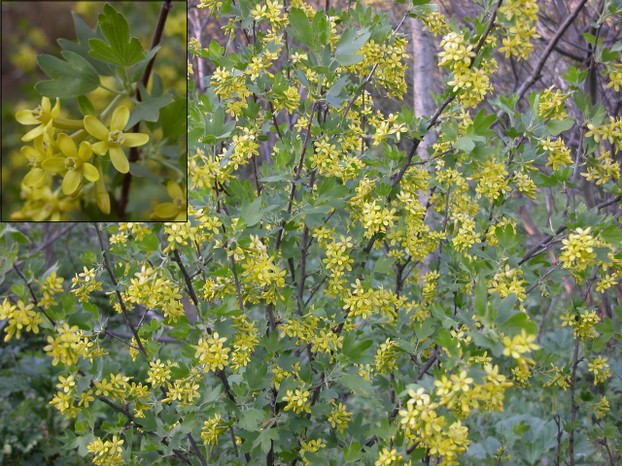
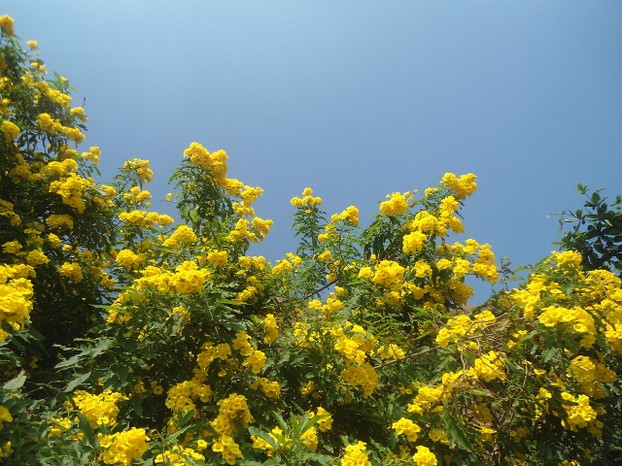
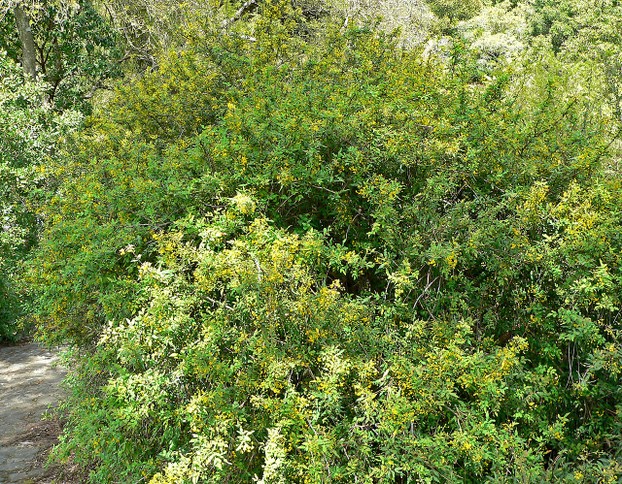
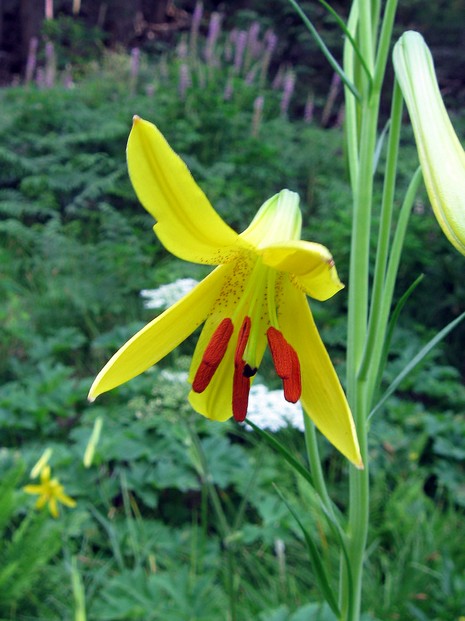









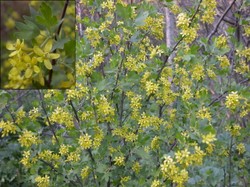

 Are Hawaiian Huakai Po Nightmarchers Avenging Halloween Thursday?on 10/02/2024
Are Hawaiian Huakai Po Nightmarchers Avenging Halloween Thursday?on 10/02/2024
 Mailing Addresses for 2023 Form 4868 Extending 1040 and 1040SR April 15, 2024, Due Dateon 04/15/2024
Mailing Addresses for 2023 Form 4868 Extending 1040 and 1040SR April 15, 2024, Due Dateon 04/15/2024
 Mailing Addresses for 2023 Forms 1040 and 1040SR Filed in 2024on 04/15/2024
Mailing Addresses for 2023 Forms 1040 and 1040SR Filed in 2024on 04/15/2024
 Mailing Addresses for 2022 Form 4868 Extending 1040 and 1040SR April 18, 2023, Due Dateon 04/13/2023
Mailing Addresses for 2022 Form 4868 Extending 1040 and 1040SR April 18, 2023, Due Dateon 04/13/2023

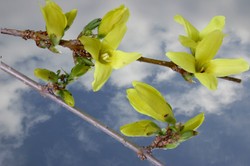
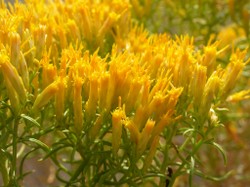
Comments
MBC, It's always nice to meet another bird lover. Hummingbirds are always welcome in my yard.
Thanks for this great information Mira. I'm a bird lover too.
Mira, Thank you! Perhaps one day I'll share my own images, but for now I am happy to spotlight the generous talents of others.
Beautiful! I loved the info and the photos and you're right, it's a great thing to make such beautiful images available.